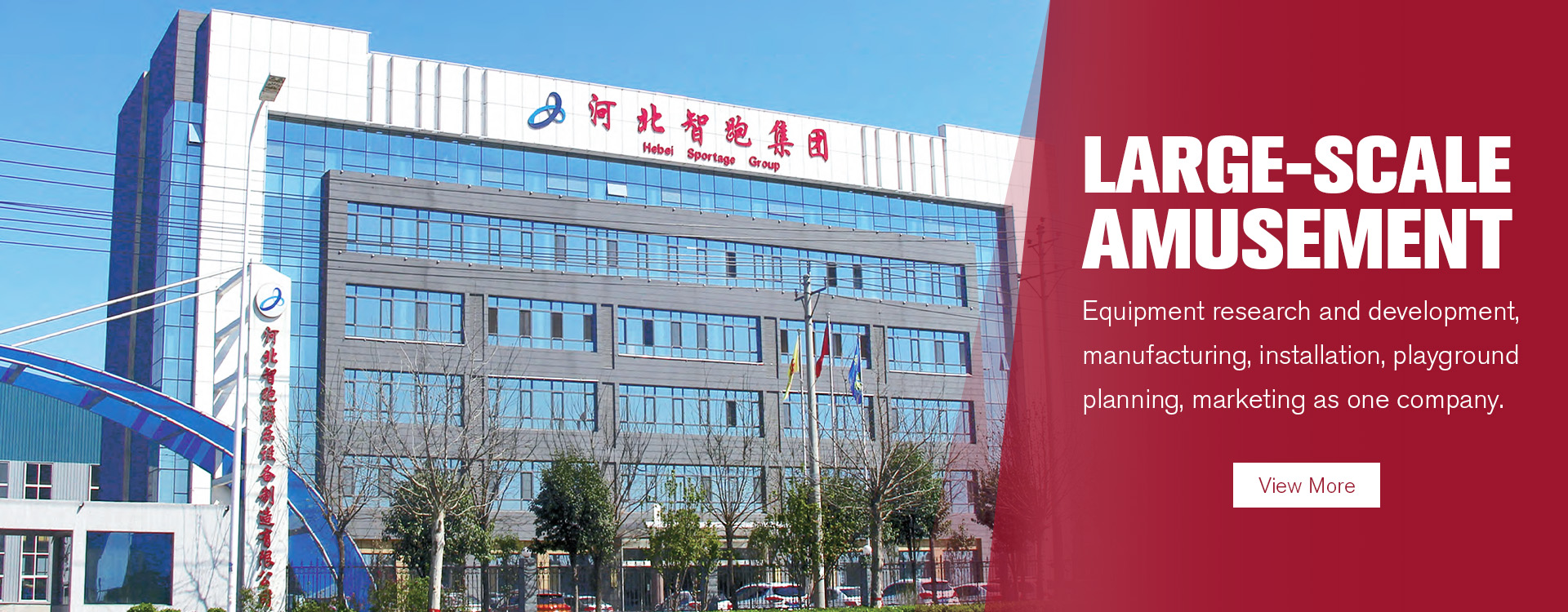- Albanian
- Arabic
- Belarusian
- Bengali
- Czech
- English
- French
- German
- Hebrew
- Hungarian
- Indonesian
- irish
- Italian
- Japanese
- kazakh
- Persian
- Russian
- Thai
- Uzbek
- Vietnamese
simple roller coaster design
Designing a Simple Roller Coaster Concepts and Considerations
Roller coasters are a staple of amusement parks, attracting thrill-seekers with their promise of speed, twists, and gravity-defying drops. Designing a simple roller coaster can be an exciting challenge that combines creativity, physics, and engineering principles. This article outlines the fundamental concepts and considerations necessary to design an effective and safe roller coaster.
Understanding the Basics of Roller Coaster Design
At its core, a roller coaster is a type of amusement ride that relies on a combination of gravitational force and inertia to transport passengers along a track. There are several elements that make up a roller coaster, including hills, loops, drops, turns, and corkscrews. Each of these elements contributes to the overall thrill and experience of the ride.
1. Gravity and Potential Energy The initial design step involves understanding the role of gravity. When a roller coaster climbs a hill, it gains potential energy. As the coaster descends, this potential energy is converted into kinetic energy, which propels the train forward. The height of the initial hill is crucial; the taller it is, the faster the coaster will go after the drop.
2. Inertia and Centripetal Force Inertia, which is the tendency of an object to resist changes in its state of motion, plays a significant role in a roller coaster's dynamics. When the coaster moves through a loop or a turn, centripetal force is required to keep it on the track. The design must ensure that the forces experienced by riders remain within safe limits, avoiding excessive G-forces that could lead to discomfort or injury.
3. Track Design The track layout is essential for the ride experience. A simple design might include a series of hills and a loop, creating a straightforward yet thrilling ride. It's crucial to balance the rise and fall of the track; too much height can lead to extreme speeds, while too little can result in a lackluster experience. Using CAD software can help in visualizing and simulating the ride dynamics.
simple roller coaster design

Safety Considerations
Safety is paramount when designing a roller coaster. Several factors must be accounted for to ensure that the ride is both enjoyable and secure
1. Materials and Structure The materials used in constructing the coaster must be robust enough to withstand the forces exerted on them. Steel and wood are the most common materials, each offering different advantages in terms of durability and ride experience. Steel coasters can achieve steeper drops and more intricate designs, while wooden coasters often provide a classic feel with their unique vibrations.
2. Height and Speed Limits Regulations dictate the maximum height and speed of roller coasters. These limits can vary by location and must be adhered to during the design process. Understanding local laws and safety standards ensures that the coaster can operate without legal or safety issues.
3. Ride Restraints The design of the ride restraint system is critical for passenger safety. Over-the-shoulder harnesses, lap bars, and seat belts are common restraint types that prevent riders from falling out. A good design will make these restraints easy to use but effective at keeping passengers secure throughout the ride.
Conclusion
Designing a simple roller coaster is an intricate process that blends creativity with engineering and physics. By understanding the principles of potential and kinetic energy, inertia, and safety regulations, one can create an exhilarating ride that captivates thrill-seekers. Whether it's a kid-friendly coaster or a more intense experience, every roller coaster starts with a well-thought-out design that prioritizes both excitement and safety. As technology evolves, the future of roller coaster design promises to be even more innovative, offering thrilling adventures that continue to push the limits of what's possible in amusement rides.
-
Flume Ride-Hebei Zhipao Amusement Equipment Manufacturing Co., Ltd.|Thrilling Water Attraction&Customizable DesignJul.30,2025
-
Flume Ride - Hebei Zhipao Amusement Equipment | Water Coaster, Thrilling DescentJul.30,2025
-
Flume Ride - Hebei Zhipao | Thrilling Water AttractionJul.30,2025
-
Flume Ride: Thrilling Water Attraction by Hebei Zhipao|Log Flume Manufacturers&Flume Ride DesignJul.30,2025
-
Flume Ride-Hebei Zhipao Amusement Equipment Manufacturing Co., Ltd.|Thrilling Water Coaster, Safe DesignJul.30,2025
-
Flume Ride-Hebei Zhipao Amusement Equipment Manufacturing Co., Ltd.|Thrilling Water Attraction, Safe DesignJul.30,2025
